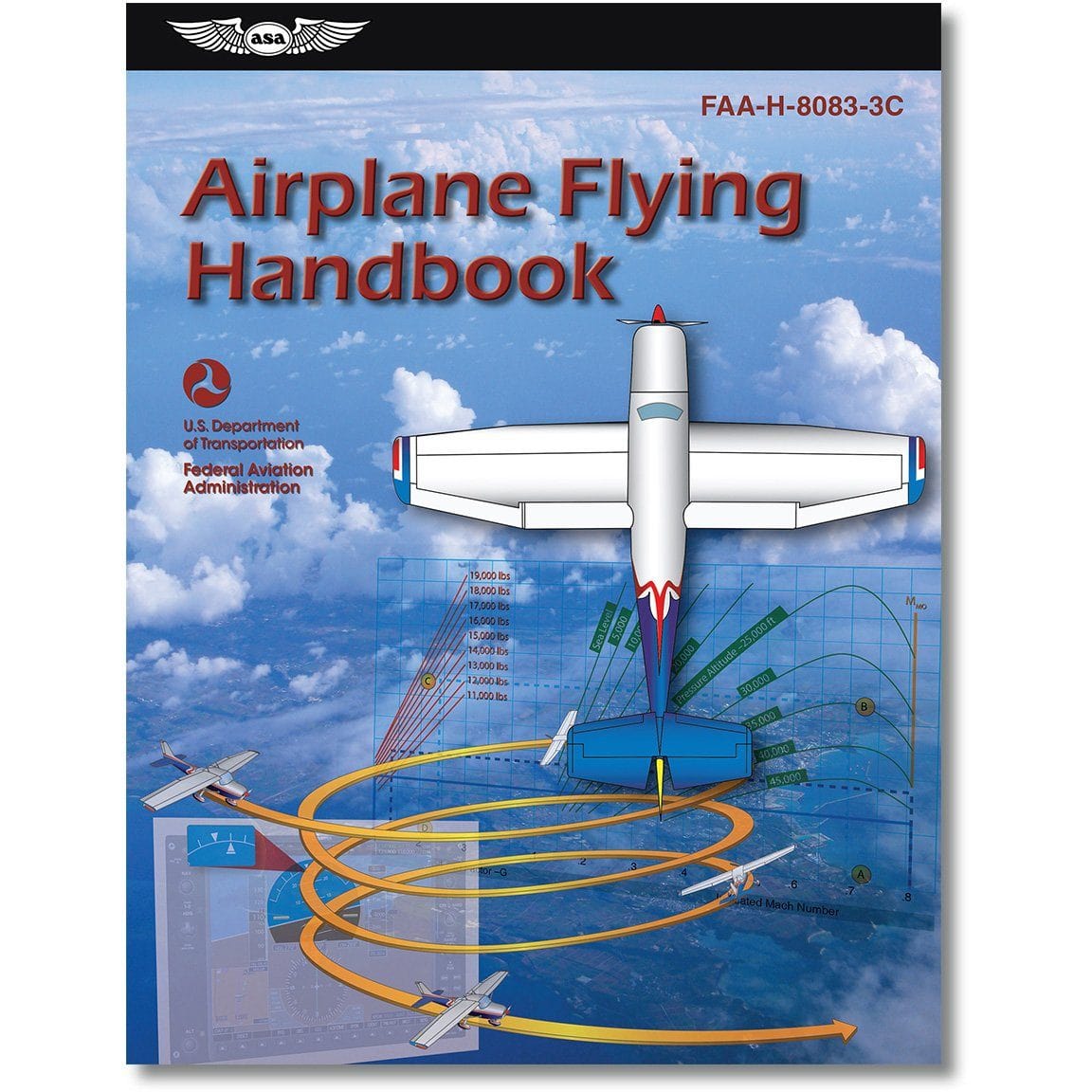When you hear the term “De-Icing Boots,” you might first think of something you wear on your feet. But in the world of aviation, it’s an entirely different story.
Instead of keeping your toes warm, these "boots" protect aircraft from dangerous ice buildup by inflating and cracking ice off the wings and tail surfaces during flight.
This system helps the performance of the aircraft, especially when flying in cold, icy conditions that would otherwise impact lift and control.
In this article, we’ll explore how pneumatic de-ice boots work, their benefits, and how to maintain them so they stay working properly.
Let’s get started!
SUMMARY
-
Pneumatic de-ice boots remove ice from aircraft surfaces during flight.
-
They help maintain control in icing conditions.
-
Regular maintenance keeps up their effectiveness.
-
De-ice boots offer a reliable solution for safe air travels.

What is a Pneumatic De-Icing System?
When flying in known icing conditions, the leading edges of the aircraft can collect layers of ice, which disrupts airflow with your aircraft and reduces lift.
This system combats that by inflating rubber “boots” placed along the wings and tail.
A pneumatic de-icing system is most commonly used on larger aircraft but can also be found on smaller planes, especially in regions where icy weather conditions happen more often.
The de-icing system is powered by the aircraft’s bleed air, typically taken from the engine, or by an electric pump.
The boots inflate, break the ice, and then deflate, snugging back against the surface of the aircraft to minimize drag during regular flight.
This cycle repeats as needed, and most modern systems can automatically time the inflation and deflation so the pilot doesn't have to worry about constant activation.

How Pneumatic De-Icing Boots Work
De-icing boost work like this:
What's nice about this system is the fact you can use it while in flight. If you end up flying through a patch of cold clouds, and ice starts forming along the wings. You can flip the switch, and air from the bleed air system will rush into the de-icing boots attached to the leading edges of the wings and tail surfaces.
De-icing boots are made of tough rubber, segmented into chambers that inflate and push against the ice, cracking it off the surface of your aircraft. Once the boots deflate, the ice falls away into the slipstream, and the wings are clear again.
Truly, it’s a very simple yet effective method that’s been around for decades. While older models advised waiting for a certain amount of ice to accumulate before using the boots, modern systems (and updated guidance from aviation authorities) recommend activating them at the first sign of ice. This prevents even small amounts of ice from becoming a problem.

Benefits of Using Pneumatic De-Ice Boots
There are several benefits to having this kind of system on your aircraft. De-ice boots are reliable and relatively low-maintenance, which is why they’ve been the go-to option for many aircraft.
Another reason these boots are popular is that they work in-flight. You don't have to wait until landing to deal with ice buildup. This makes them a fantastic option for long-haul flights or routes that pass through multiple weather patterns.
And also, they're durable too! Most rubber boots can last anywhere from three to ten years with proper care.
Best Practices for Maintaining Pneumatic De-Ice Boots
To keep these systems working, you'll need to keep up with regular maintenance.
After every flight, it's a good idea to clean the boots with mild soap and water to remove dirt, insects, or other debris that could damage them over time. This can be added to your after-flight checklist.
Pilots should also visually inspect the boots before each flight, looking for signs of wear such as cracks, pinholes, or abrasions.
If you spot any issues, it’s worth having a technician take a closer look. Small problems can often be patched up, but large tears or cracks may require a full replacement.
Make sure you’re also using approved cleaning agents to protect the boots from ozone damage, which can weaken the rubber and reduce how effective they are at removing ice over time.

Frequently Asked Questions
-
What makes a deicing boot inflate?
When air gets pushed into the boot from the aircraft’s bleed air system it causes the boot to expand. As it inflates, the ice breaks and falls off the surface. -
How does a pneumatic deicing system work?
A pneumatic deicing system works by pumping air into rubber boots attached to the wings and tail. These boots inflate, break up the ice, and let it fall away, keeping the aircraft’s surfaces clear. -
Where are pneumatic de-icing boots used?
You’ll mostly find these de-icing boots on the wings and tail surfaces of aircraft. Sometimes, they’re even placed on the leading edges of propellers to stop ice from forming. -
How do pneumatic boot deicing systems get rid of ice?
The system forces air into the boots, making them inflate. As they expand, the ice breaks free and gets shed into the airflow, leaving the surface clear.
Takeaway
For pilots willing to tackle icy conditions, having as much safety measures as possible is always a wise option.
With regular care and maintenance, these boots will continue to keep you safe for many winters to come.
Fly safe!
Interested in Cold Weather Flight Operations?
Our guides are designed to help!
Did you find this article helpful?
Do you think we missed an important interview question? Let us know in the comments below!







